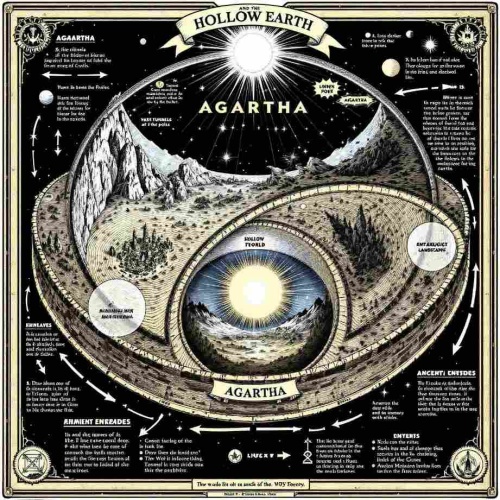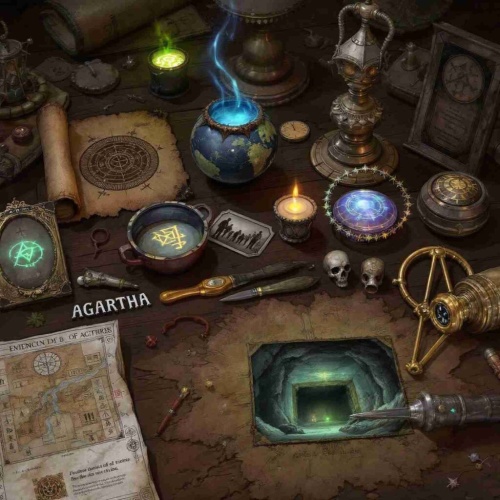Last seen: Aug 12, 2025
About Me
In the world of natural history, couple of stories are as quietly amazing as that of Ming the Clam. This ocean-dwelling mollusk, a quahog clam (Arctica islandica), was discovered off the coastline of Iceland in 2006 and later on discovered to be over 500 years old. Named "Ming" because it was birthed throughout China's Ming Empire, this clam had endured huge shifts in human history-- from the loss of empires to the surge of the modern age-- all while hidden below the cold seabed. Ming's story, nonetheless, is not only concerning durability but also concerning the fragile balance in between scientific curiosity and the conservation of nature's oldest prizes.
A Life Spanning Fifty Percent a Millennium
Ming's estimated birth year, 1499, places it in a time when Leonardo da Vinci lived, Christopher Columbus had actually simply returned from his trips to the Americas, and the printing press was changing Europe. In Asia, the Ming Empire ruled China with cultural and technological improvements that would influence the globe for centuries. Throughout its half-millennium existence, Ming lived quietly, filtering system plankton and algae from the chilly North Atlantic waters, uninformed of the sweeping historical adjustments happening above the waves.

Clams like Ming are recognized for their slow growth and unbelievable longevity, with some reaching greater than 4 centuries in age. Nonetheless, Ming surpassed all known documents, ending up being the earliest private non-colonial pet ever discovered. Unlike trees, which tape their age through visible rings, clams maintain their life document in development bands on their coverings, comparable to tree rings, each representing a year of survival.
The Accidental End of a Record-Breaker
Paradoxically, it was throughout the actual process of studying Ming's amazing life expectancy that researchers accidentally finished its life. The clam was accumulated as part of a research study job studying environment adjustment through the development patterns in coverings. In order to measure its age, researchers needed to open up the covering, which regrettably killed the animal. Preliminary estimates recommended Ming was around 405 years old, however later, extra exact measurements pressed the age to a remarkable 507 years.

This accidental death stimulated dispute in both the scientific and public spheres. While some suggested that such explorations are vital for understanding aquatic environments and environment history, others doubted whether it was worth finishing the life of such an uncommon and ancient animal. In lots of means, Ming became a symbol of just how fragile and irreplaceable natural marvels can be.
What Ming Taught United States Regarding the Past
In spite of the terrible end, Ming's covering offered a wide range of information. By examining its growth rings, scientists had the ability to rebuild nautical climate problems spanning centuries, offering understanding right into temperature changes, ocean currents, and environmental modifications long before the innovation of modern instruments. This data helps researchers recognize lasting environment patterns, which is crucial for forecasting future trends.

Ming's tale highlights the phenomenal strength of specific marine species and their capability to endure in secure, undisturbed settings. The clam's long life reminds us of the sluggish, patient pace of nature-- a stark comparison to the quick modifications brought about by human activity. Ming lived through industrial revolutions, world battles, and the dawn of the electronic age, yet its presence remained mainly unchanged until the day it was lifted from the seabed.
Final thought: A Tip from the Deep
Ming the Clam life and death work as both a scientific triumph and a sign of things to come. It offered an unprecedented peek right into centuries of environmental history, confirming that even the smallest and easiest animals can carry the grandest stories of our world's past. Ming's destiny additionally highlights the responsibility humans bear when communicating with ancient life types.

At Bradhiveer, we see Ming not equally as an old clam but as a living time pill-- a witness to half a millennium of human background, from the Ming Empire to the 21st century. Its quiet endurance advises us that history is not entirely human; it belongs to the Earth and all its residents. Ming's tale motivates a much deeper regard for the natural world, urging us to protect its earliest prizes so that they may continue to link us to the past for generations to come
